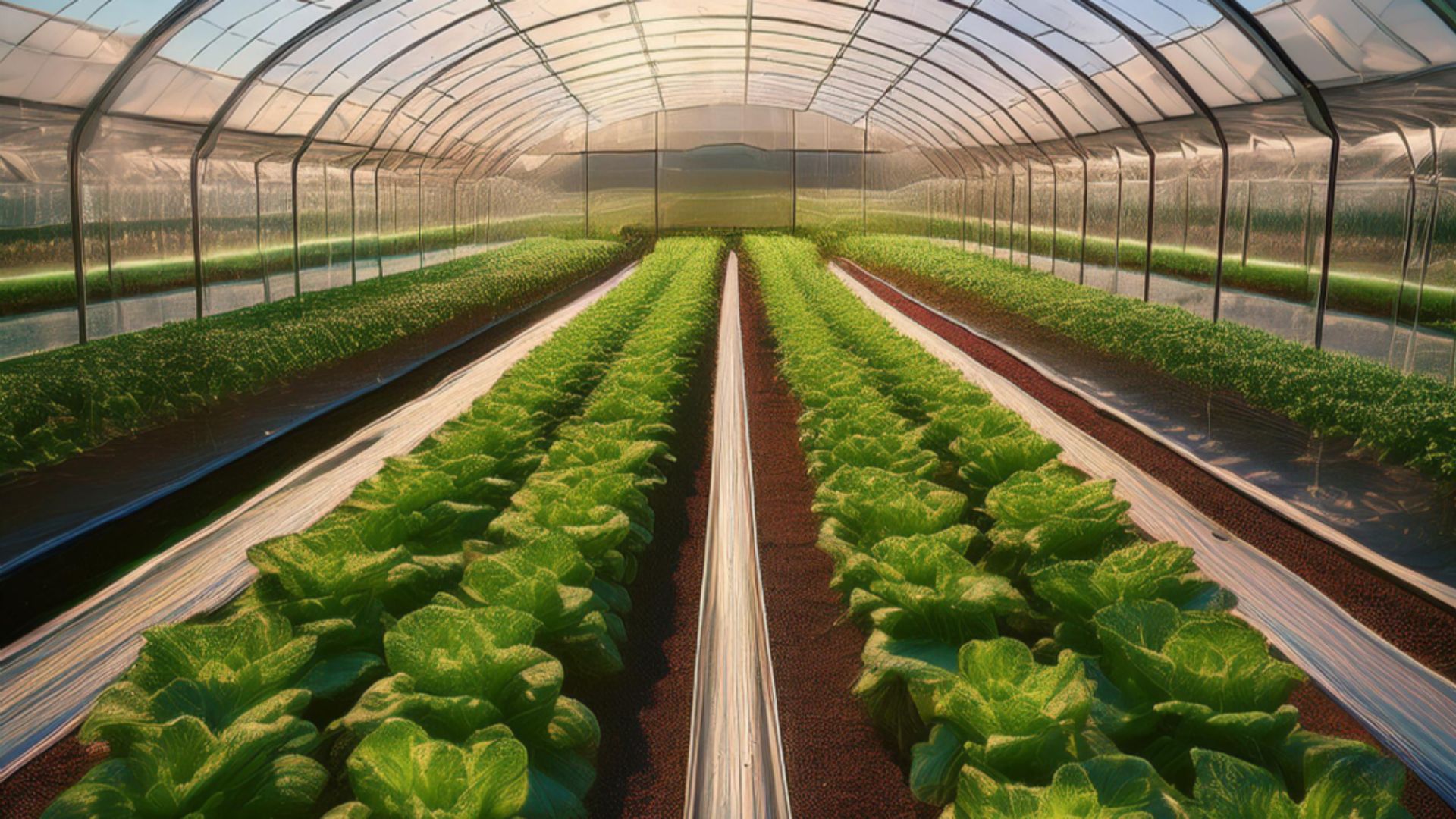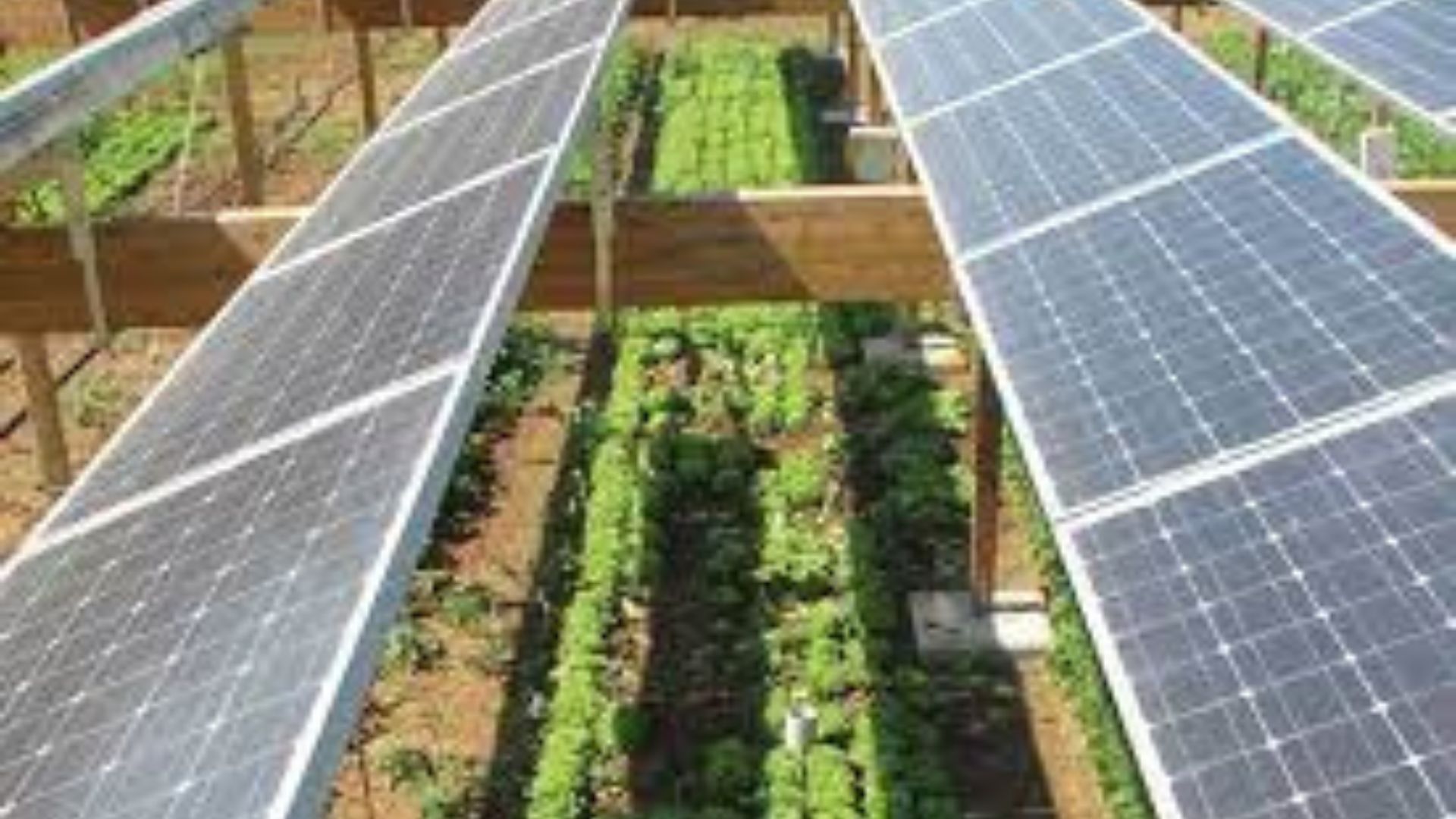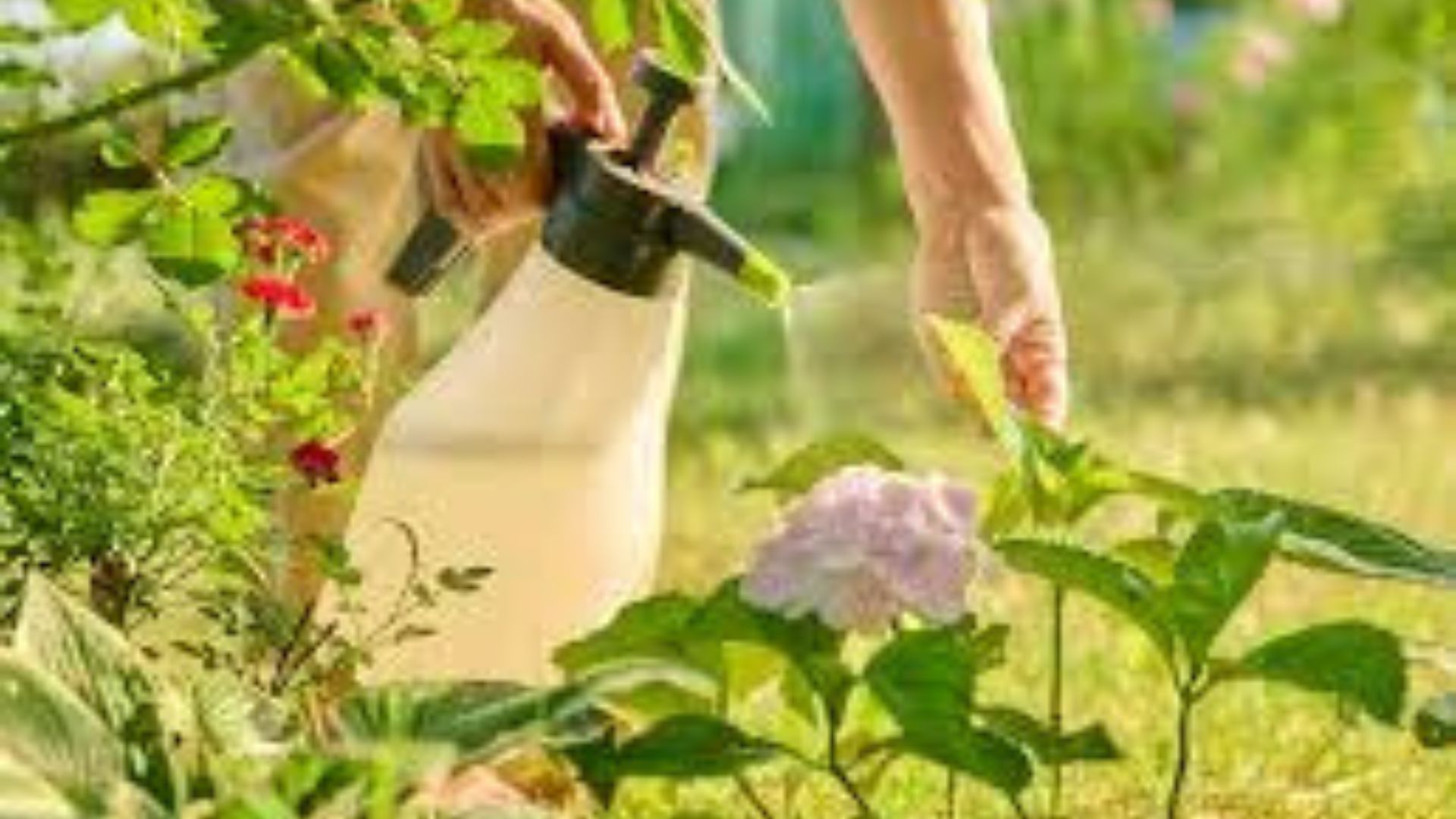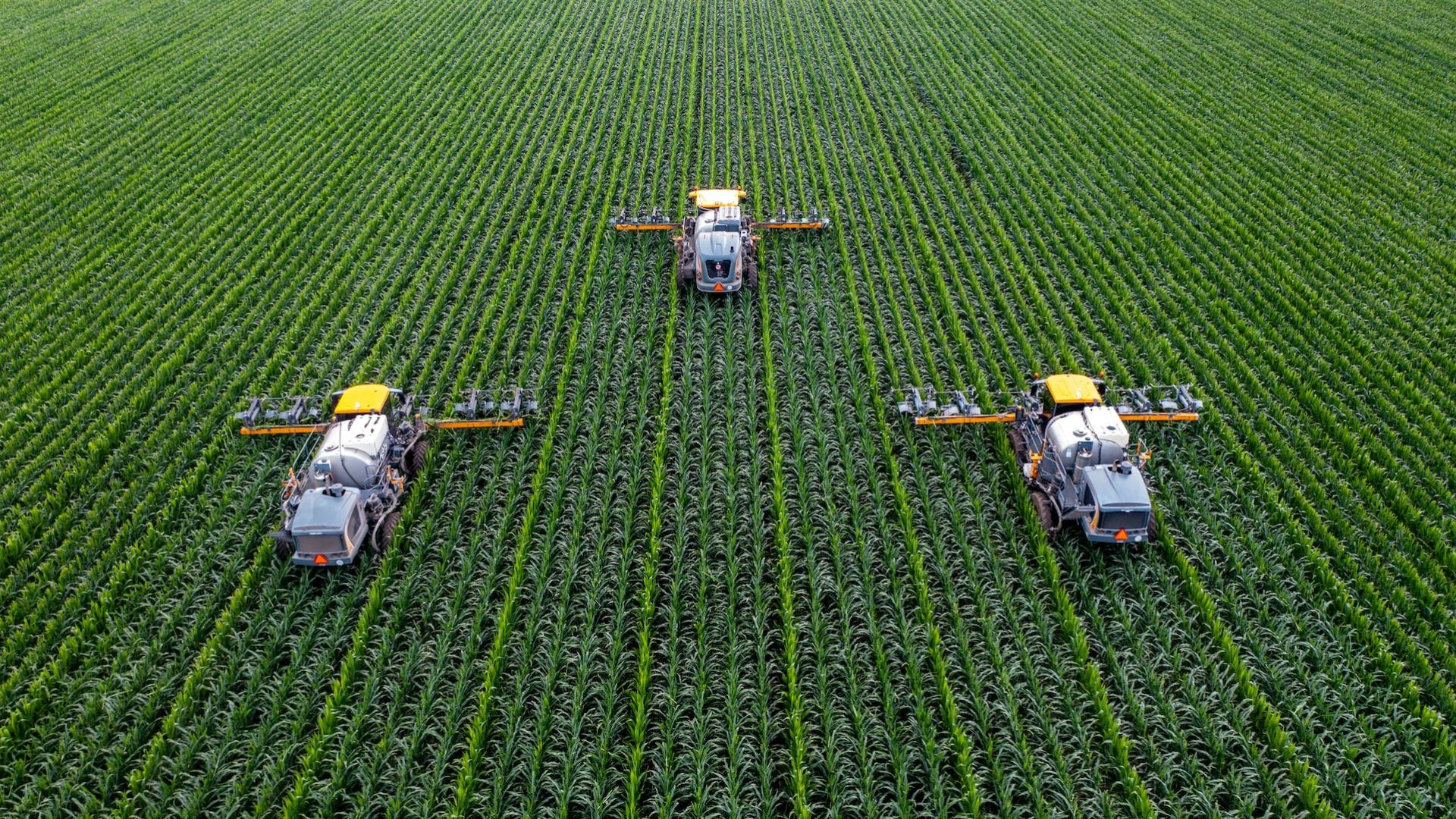Sustainable farming is becoming essential as South Africa and other regions face environmental challenges. Using sustainable methods for green farming helps farmers increase yields, preserve natural resources, and improve soil health. These methods combine modern technology with traditional farming techniques to create eco-friendly and productive agricultural systems. By adopting sustainable practices, farmers can protect the environment while meeting growing food demands.
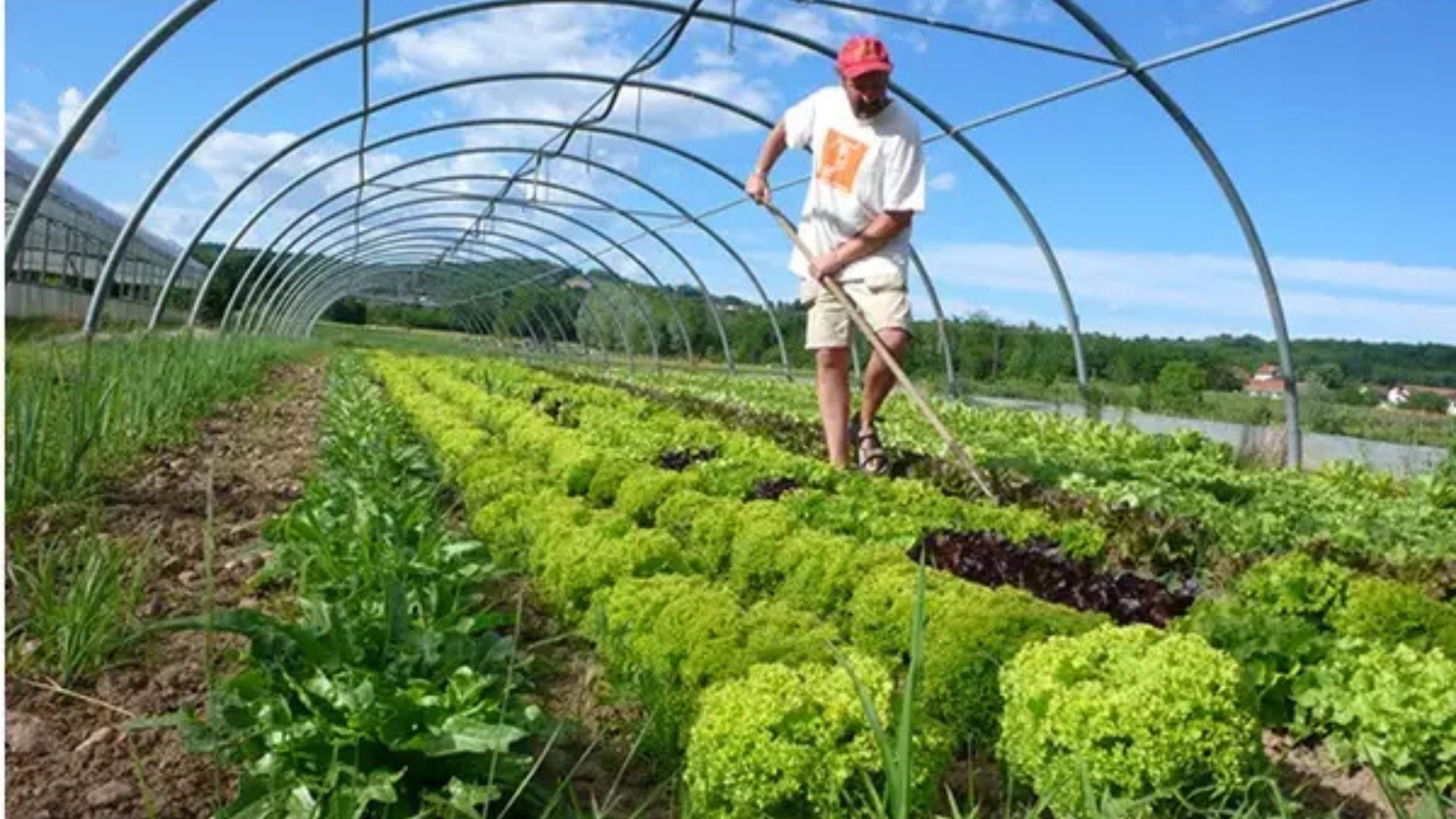
Benefits of Sustainable Green Farming
Implementing sustainable methods in green farming offers several advantages. First, it enhances soil fertility, ensuring crops grow healthier. Second, it reduces the need for chemical fertilizers and pesticides, which protects water sources and local ecosystems. Third, it promotes biodiversity by supporting beneficial insects and pollinators. Farmers also save money over time by reducing chemical inputs and improving long-term soil productivity. Moreover, sustainable green farming helps combat climate change by lowering greenhouse gas emissions.
Key Sustainable Methods For Green Farming
There are multiple methods that farmers can use to achieve sustainability in agriculture. These practices not only improve productivity but also protect the environment.
1. Crop Rotation
Crop rotation is a simple yet effective sustainable method. Farmers rotate different crops on the same land to prevent soil depletion. This practice reduces the risk of pests and diseases, improves soil structure, and enhances nutrient availability. For instance, planting legumes after cereals can naturally replenish nitrogen in the soil.
2. Organic Fertilizers and Composting
Using organic fertilizers is another essential sustainable method for green farming. Composting farm waste, kitchen scraps, and plant residues enriches the soil naturally. Organic fertilizers improve water retention, soil structure, and microbial activity. Unlike chemical fertilizers, they do not pollute groundwater and contribute to long-term soil fertility.
3. Integrated Pest Management (IPM)
IPM combines biological, cultural, and mechanical methods to control pests. Instead of relying solely on chemical pesticides, farmers use natural predators, trap crops, and crop diversity to manage pests. This reduces environmental damage and ensures safer produce for consumers. Integrated pest management is a key component of sustainable methods for green farming because it maintains ecological balance while protecting crops.
4. Water Conservation Techniques
Efficient water use is critical for sustainable farming. Techniques like drip irrigation, rainwater harvesting, and mulching help conserve water. Drip irrigation delivers water directly to plant roots, reducing waste. Mulching prevents soil evaporation and maintains moisture. Water-efficient practices reduce costs and ensure crops survive even in dry seasons, which is essential for regions facing water scarcity.
5. Agroforestry
Agroforestry integrates trees and shrubs into farming systems. This method improves soil fertility, prevents erosion, and provides shade for crops. Trees also attract beneficial insects and contribute to biodiversity. Agroforestry enhances carbon sequestration, which mitigates climate change. It is one of the sustainable methods for green farming that combines environmental protection with increased farm productivity.
Tools and Technology for Sustainable Farming
Modern technology supports sustainable green farming practices. Farmers use soil sensors, weather monitoring systems, and farm management software to optimize resources. Drones can assess crop health and detect pest infestations early. These tools help farmers make informed decisions, reduce waste, and improve crop yield while maintaining sustainability.
Best Practices for Implementing Sustainable Methods
Farmers who want to adopt sustainable methods for green farming should follow best practices. First, conduct a soil test to understand nutrient needs. Second, start small with pilot plots before scaling up. Third, combine traditional knowledge with modern techniques to maximize benefits. Fourth, keep detailed records of inputs, outputs, and pest control methods. Finally, continuously monitor results and adapt strategies to improve sustainability over time.
Benefits for Communities and Environment
Sustainable green farming benefits not only farmers but also communities and the environment. By reducing chemical use, farmers protect water sources, wildlife, and human health. Increased crop diversity improves local diets and food security. Additionally, sustainable farms create job opportunities while promoting eco-friendly tourism and education about green farming.
Challenges and Solutions
Despite its benefits, adopting sustainable methods for green farming comes with challenges. Initial costs for equipment, organic inputs, or irrigation systems can be high. Farmers may also need training to implement new techniques effectively. However, these challenges can be addressed through government incentives, agricultural cooperatives, and training programs. Over time, the benefits outweigh the costs, making sustainable farming both economically and environmentally viable.
Conclusion
Sustainable methods for green farming provide long-term benefits for farmers, communities, and the environment. By using techniques like crop rotation, organic fertilizers, integrated pest management, water conservation, and agroforestry, farmers can increase productivity and protect natural resources. Combining traditional knowledge with modern tools ensures a resilient and profitable farming system. In South Africa and around the world, adopting these methods is crucial for food security, environmental protection, and a sustainable future.






